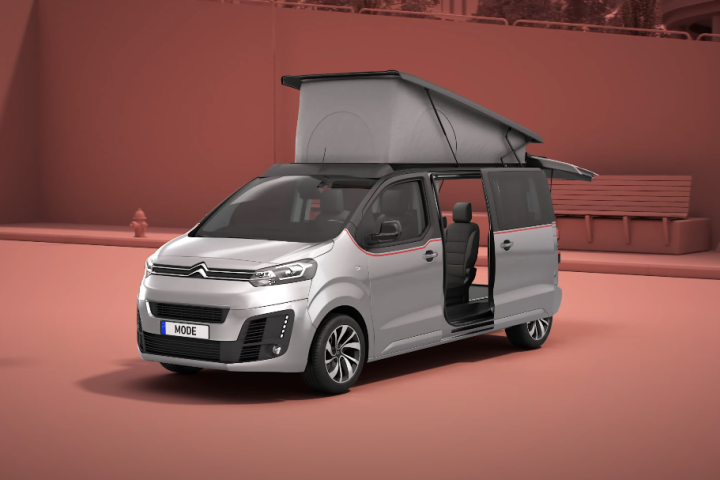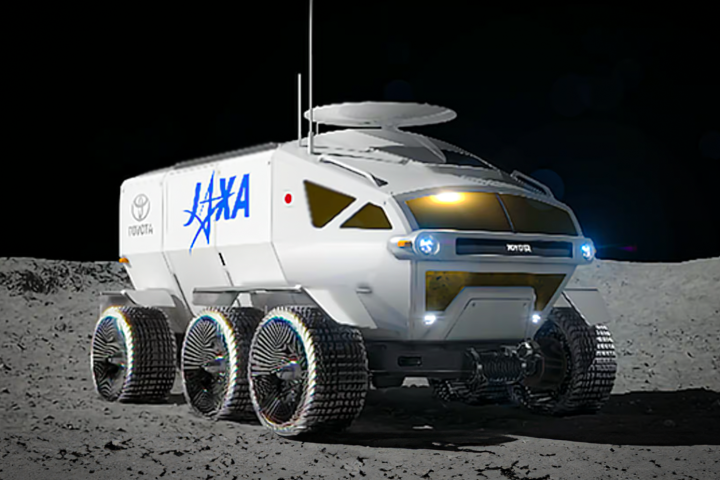Every concept car worth its salt has been rocking electronic mirrors for years, but 2019's Lexus ES will be the first production car to swap side mirrors for cameras. They'll only be available in Japan for now, but this is surely a sign of things to come and an interesting look at how this tech will actually be implemented.
Called Digital Outer Mirrors, these early efforts comprise a pair of stalks about half the height of a regular side mirror, with indicator LEDs on the front and small wide-angle cameras on the back.
Inside the cabin, you get a couple of small screens angled toward the driver, showing the output from those cameras, augmented with things like blind spot warnings, object identification, and even what appears to be green lights to tell you it's OK to merge.

When you're reversing, the cameras appear to zoom in to assist with that task, also offering some augmented lines over the vision to help you work out what's a safe distance as you park the car.
Honestly, the implementation doesn't blow us away. The digital mirror stalks are almost as big as a regular mirror anyway – weren't these things supposed to be just about flush with the doors? And the little screens look like afterthoughts that are about as classy as having a cabbie's computer in the cabin of your Lexus.

Not only that, the cameras appear to be fairly poor quality units, displaying the sort of images you'd have been happy with on a first-generation iPhone.
On the other hand, they certainly appear to offer a wider field of view than a regular set of mirrors, which is the point of the whole exercise, and perhaps you don't want to offer people gorgeous images they might stare at instead of keeping their eyes on the road ahead.

Somebody's got to be first with these things, and in this case it's Lexus. We can expect to see these kinds of things integrated far better into the interior of the car as time goes by, and we hope those outer stalks can shrink considerably in size.
Mind you, manufacturers will always have to put the cameras out a distance from the car's body if we want to keep the viewpoint we're accustomed to. Whether we want to keep that viewpoint, or move to something else we can achieve with flush cameras, is a question for another day.
Source: Lexus
















